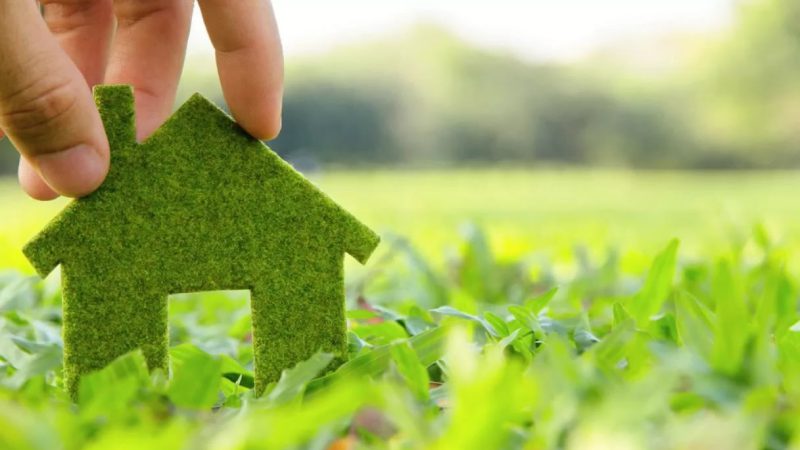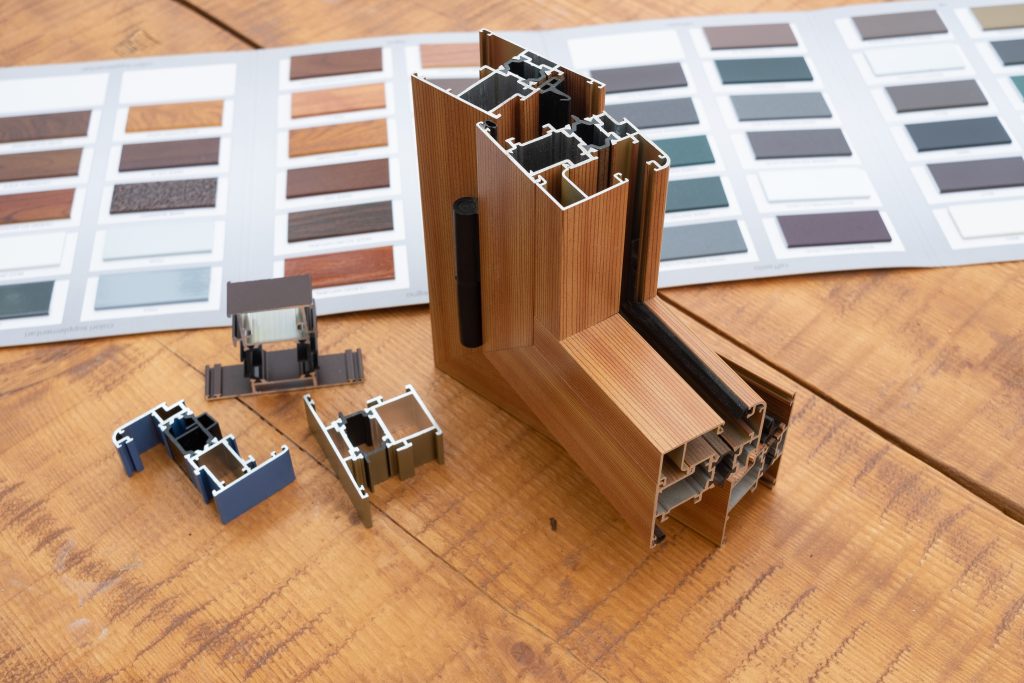
In everyday news, one of the main news is that Europe wants Italian homes to adapt to standards that impose a greater environmental impact, with a consequent reduction in polluting emissions and an improvement in the energy class. Basically we have to become GREEN Houses. What does it mean to have a green house? We will find out in this article.
Green houses: reference European directive
As we have just anticipated, one of the latest innovations introduced by the European Union is to have increasingly GREEN homes and therefore environmentally friendly homes with high energy performance. To be more specific, we are talking about the European directive issued on March 14, 2023. In this directive, standards have been imposed by the European Parliament, which are the following:
- Starting from the year 2028, when it comes to constructing new buildings, they will have to be zero-emissions
- By the year 2030 all residential properties will have to be “readapted” to energy class E, while by 2033 it will be D that will have to be present in all this house.
- For all other types of buildings, it will be mandatory to achieve energy class E from 2027. From 2030 onwards, correspondence to energy class D will be mandatory.
Now, what can we deduce from these standards imposed by the new European directive?
That the European Union has the main objective of ensuring that the real estate market can adapt to these energy and environmental standards and increase the rate of renovations. In other words, these renovations will be adapted to the aim of being able to reduce energy consumption on the one hand, while on the other hand to minimize polluting emissions. So what should we do to adjust to this new reality? Simply renovating our home in order to improve the energy class and reduce polluting emissions as much as possible. Starting with the fixtures… but we’ll see this better below!
How is the Italian sector adapting?
The construction sector, worldwide, is always in constant evolution and, in recent years, has witnessed more and more the growth of a new type of building, which are the so-called green houses. To date, in fact, the CO2 emissions of the global building stock represent 39% of the total, which is no small amount.
And it is precisely to improve these statistics that the Italian real estate market is also perfectly adapting to this new type of property. In order to achieve the objectives established by the new European directive, therefore, the Italian real estate market has set itself the goal of adapting our homes to the new provisions, replacing the fixtures, the boilers, making the coat and installing photovoltaic panels.
Homes are in fact currently classified, based on their energy performance. Based precisely on this energy performance, the efficiency of a house is thus divided into Energy Classes from the most performing A4 to the worst which is G. Now, the readjustment of the Italian building sector is turning its attention precisely in creating homes that correspond as much as possible to the energy standard referred to class D.
But what are Green Houses? What are the benefits?
But specifically, what are the so-called Green houses? It is, to put it simply, innovative homes, designed to ensure not only maximum energy savings but also, at the same time, to reduce the negative impact on the environment, reducing polluting emissions.
The term “green houses” therefore establishes that all buildings must be energy-saving on the one hand and zero emissions (or at least) of gases or harmful substances on the other. Investing in the renovation, sustainable redevelopment or purchase of a green home of a property is a choice that is not only compliant with the European directive and useful from an environmental point of view but also convenient and advantageous in the short and long term.
In fact, a green-type home is an ecologically friendly property which not only aims to minimize waste, using the least amount of electricity possible, but also leads to the production of all the energy needed to be able to live inside the buildings. living spaces.
And this not only in a functional but also rather comfortable way, proving to be advantageous both in the short and in the long term. Not to mention the fact that, in a current moment of energy crisis, a green house acquires more and more value over time.
But let’s see briefly what are all the possible advantages of having to live in a green house in everyday life:
- Greater comfort and ideal and constant temperature inside your homes
- Ideal temperatures 365 days a year and 24 hours a day
- Greater energy independence
- Greater savings and lower costs in terms of bills
- More tax incentives and deductions.
What can we do to meet these standards?
A green house aimed at energy saving and self-sufficient is something you can very well achieve too. And it is possible to do it immediately or even in small steps. To do this, however, the best advice we can give you is to contact professionals in the sector who will be able to direct you in the best possible way.
In any case, among the interventions that will need to be done to improve energy performance there are first of all two types:
- Works aimed at thermal insulation
- The installation works of systems that aim at the self-production of electricity.
To be more specific, thermal insulation work means that you will have to install thermal insulation. This type of performance can be achieved by laying a system of insulating panels on the walls of the houses. But there are also decidedly cheaper options, in which it will be possible to insert insulating material in the cavities of the walls.

Another very important step when it comes to adapting to the standards of green houses is the replacement of fixtures and windows. Replacing the windows, perhaps choosing those with thermal break, will bring many improvements and advantages to your home. This is because, thanks to products of this type, it will be possible to guarantee less heat dispersion outdoors in winter, but also, at the same time, better protection from external atmospheric agents (in all seasons) and from excessive heat in summer. This will provide you with the ideal temperature throughout the year, as well as saving you considerably on the monthly cost of your bills.
The other work aimed at creating a green home involves the installation of systems that aim at the self-production of energy: in this case, the installation of photovoltaic panels represents one of the best choices, allowing you not only to improve energy consumption electricity, but also to reduce polluting emissions.



